The A-10 Thunderbolt II, affectionately known as the “Warthog,” has long been a staple of the U.S. Air Force’s close air support operations. Despite numerous attempts to find a suitable replacement, the A-10 remains in service due to its unique capabilities and the challenges faced in finding a modern alternative. Several aircraft were considered as potential successors but ultimately did not replace the A-10.
The Unique Capabilities of the A-10
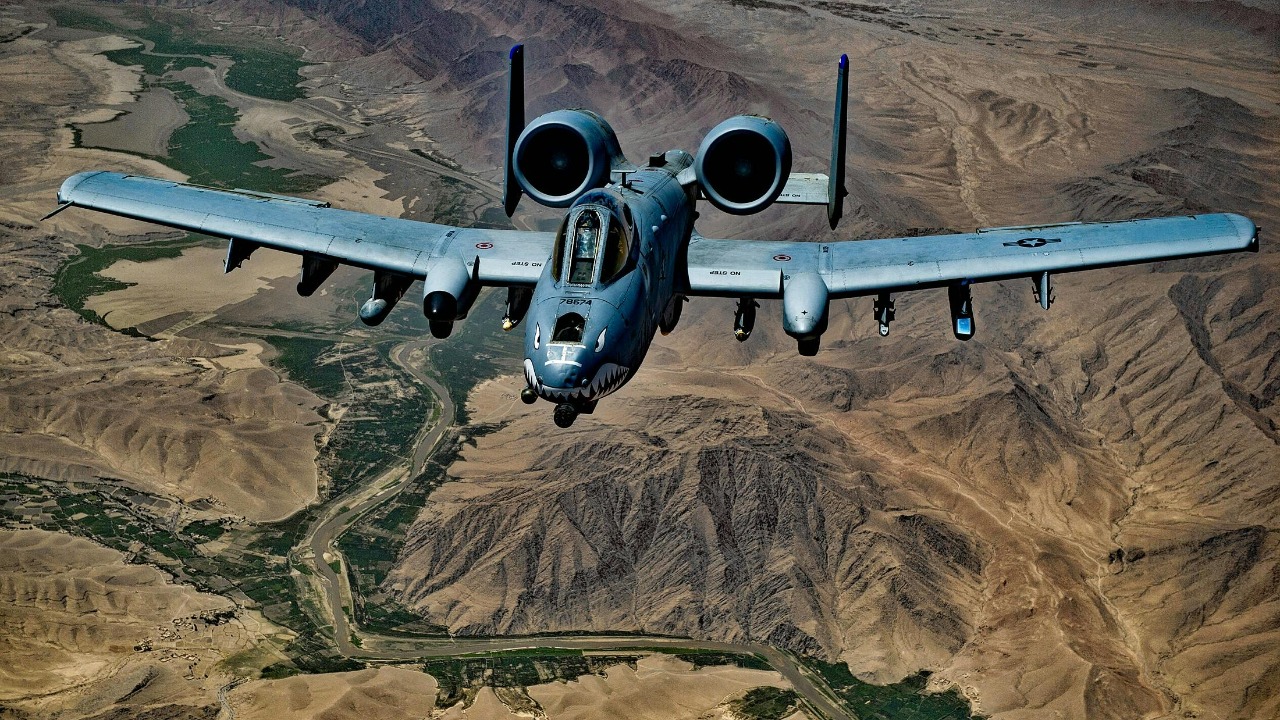
The A-10 Thunderbolt II is renowned for its durability and survivability in combat situations. Designed with a titanium “bathtub” to protect the pilot, it can withstand significant damage and continue flying. This resilience makes it an invaluable asset in hostile environments where other aircraft might not survive.One of the standout features of the A-10 is its exceptional close air support capabilities, primarily due to its 30mm GAU-8/A Avenger rotary cannon. This powerful weapon delivers precise and devastating firepower, making the A-10 unmatched in its ability to support ground troops. Additionally, the A-10’s ability to operate from short and rough airstrips enhances its versatility and deployment flexibility.
The F-35 Lightning II: A Multi-Role Fighter
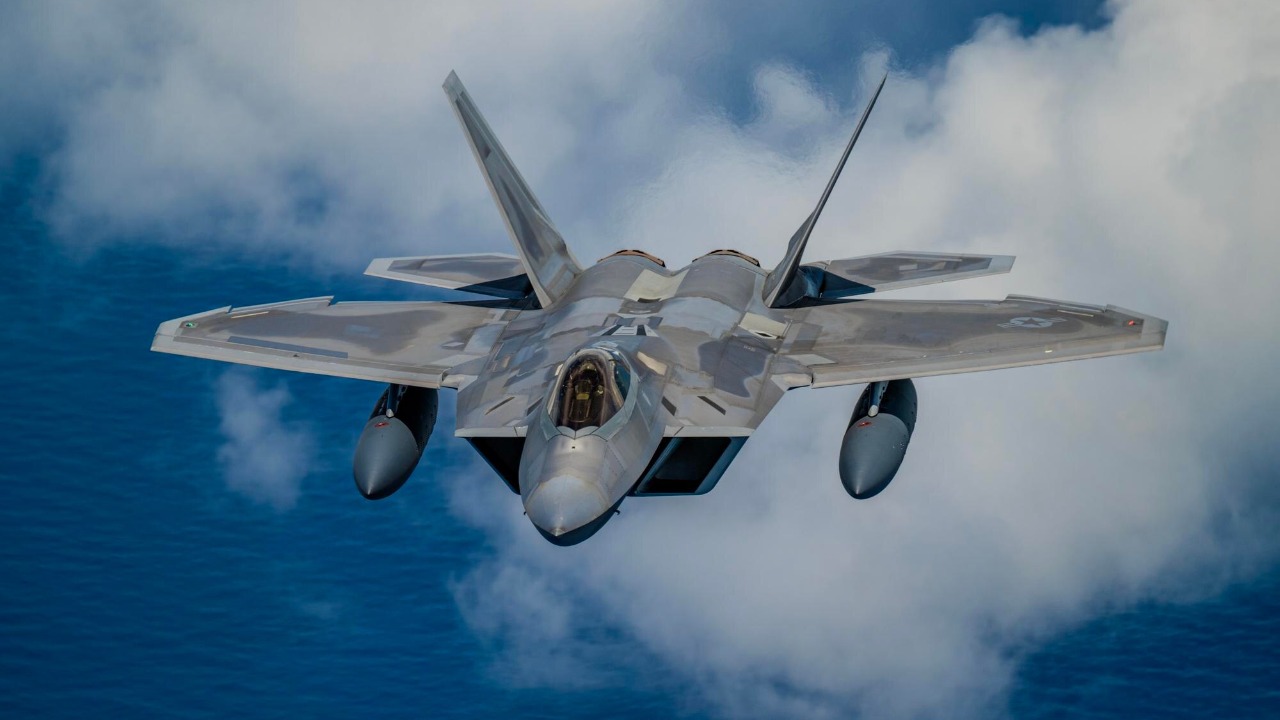
The F-35 Lightning II was conceived as a multi-role fighter with advanced stealth technology and versatile mission capabilities. Its design emphasizes stealth and advanced avionics, allowing it to perform a wide range of missions, from air superiority to electronic warfare. However, the F-35’s capabilities in close air support roles are limited compared to the A-10. Its high-speed design and reliance on precision-guided munitions make it less suitable for the low-speed, low-altitude operations that define the A-10’s mission profile.Additionally, the cost and complexity of the F-35 program have raised concerns about its suitability as a direct replacement for the A-10. Despite its advanced features, the F-35 does not match the A-10’s simplicity and robustness in battlefield scenarios. The financial and logistical challenges associated with maintaining an F-35 fleet further complicate its role as a potential successor to the A-10.
The F-16 Fighting Falcon: A Versatile Contender
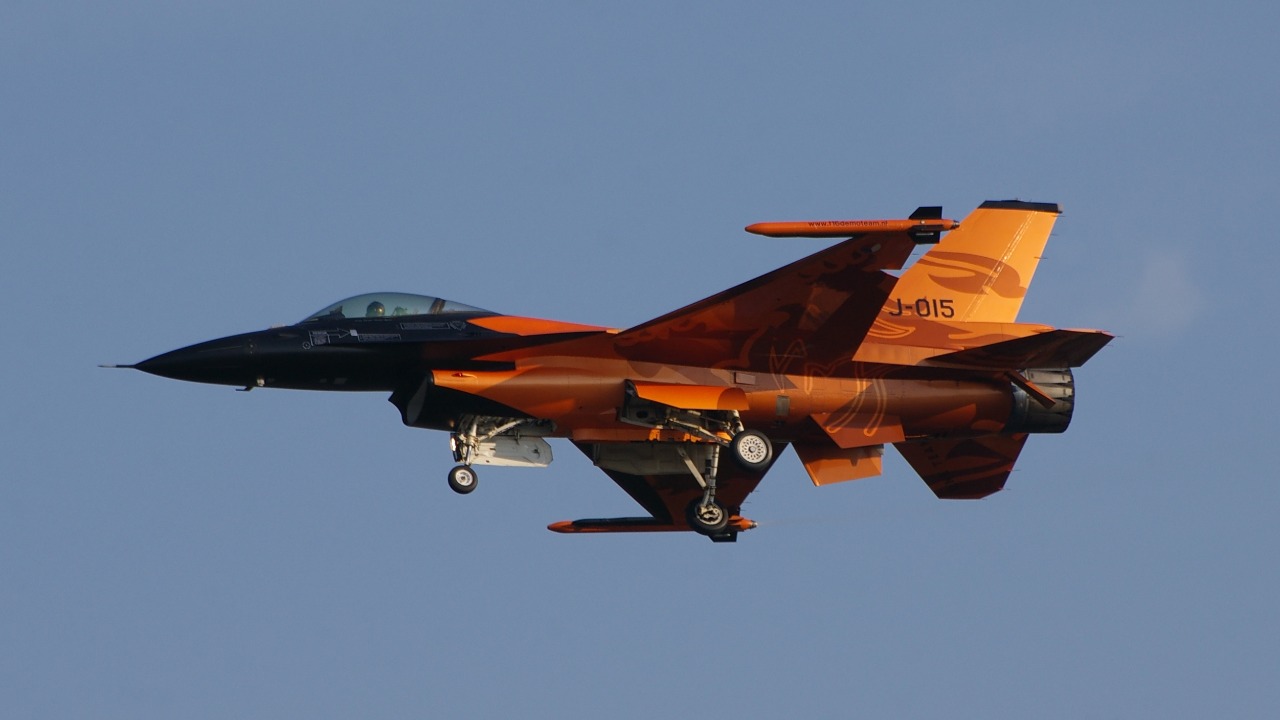
The F-16 Fighting Falcon is another aircraft that was considered as a potential replacement for the A-10. Known for its agility and proven track record in various combat scenarios, the F-16 is a versatile fighter capable of performing multiple roles. However, it struggles to replicate the low-speed, low-altitude support provided by the A-10, which is crucial for effective close air support.Efforts to adapt and upgrade the F-16 to fit the close air support role have faced challenges. While the F-16 can carry a variety of munitions, its airframe and operational profile are not optimized for the rugged and precise tasks the A-10 excels at. The F-16 remains a formidable fighter, but its limitations in the close air support role prevent it from fully replacing the A-10.
The Boeing A-29 Super Tucano: A Lightweight Option
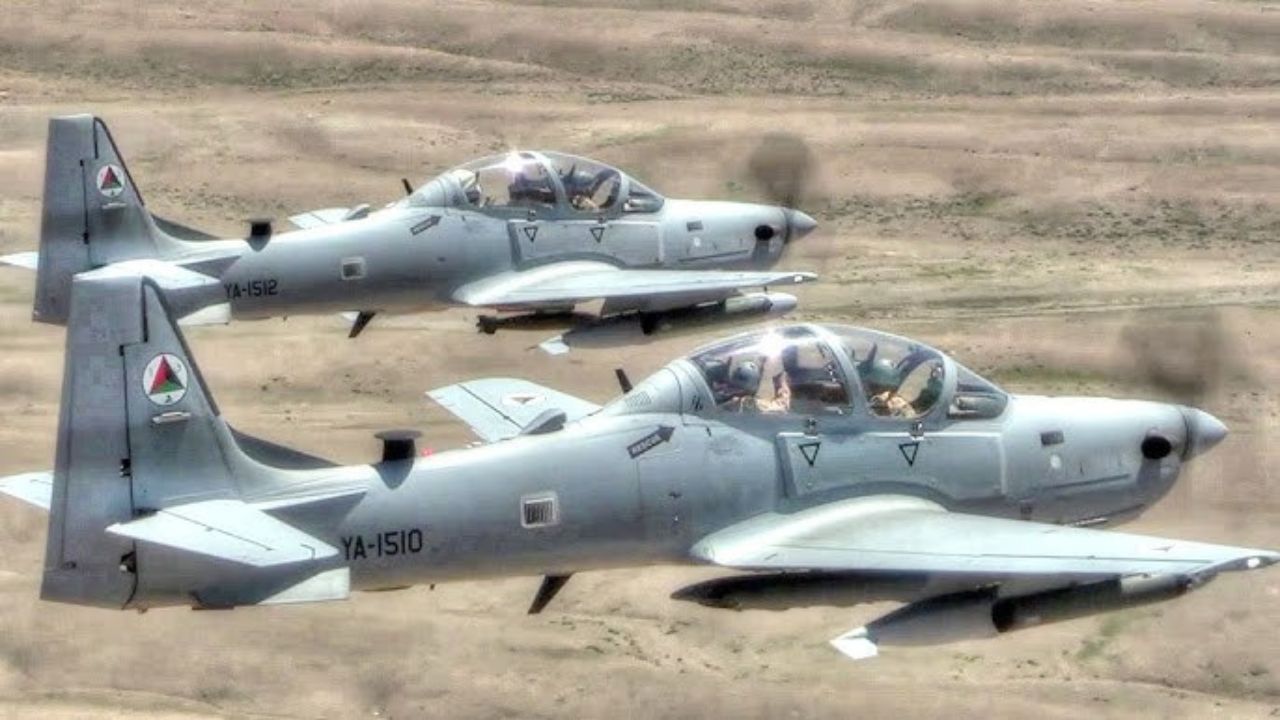
The Boeing A-29 Super Tucano offers a cost-effective and suitable option for counter-insurgency operations. Its lightweight design and ability to operate in austere environments make it an attractive choice for specific missions. However, the A-29’s limitations in firepower and armor protection compared to the A-10 restrict its ability to serve as a full replacement.While the A-29 has been deployed in specific operational scenarios, it lacks the heavy armament and survivability needed for high-intensity combat situations. Its role is more complementary than a direct substitute, highlighting the challenges in finding a single aircraft that can match all the capabilities of the A-10. For more insights on aircraft that could replace the A-10, check out this Quora discussion.
The Future of Close Air Support: Technological and Strategic Considerations
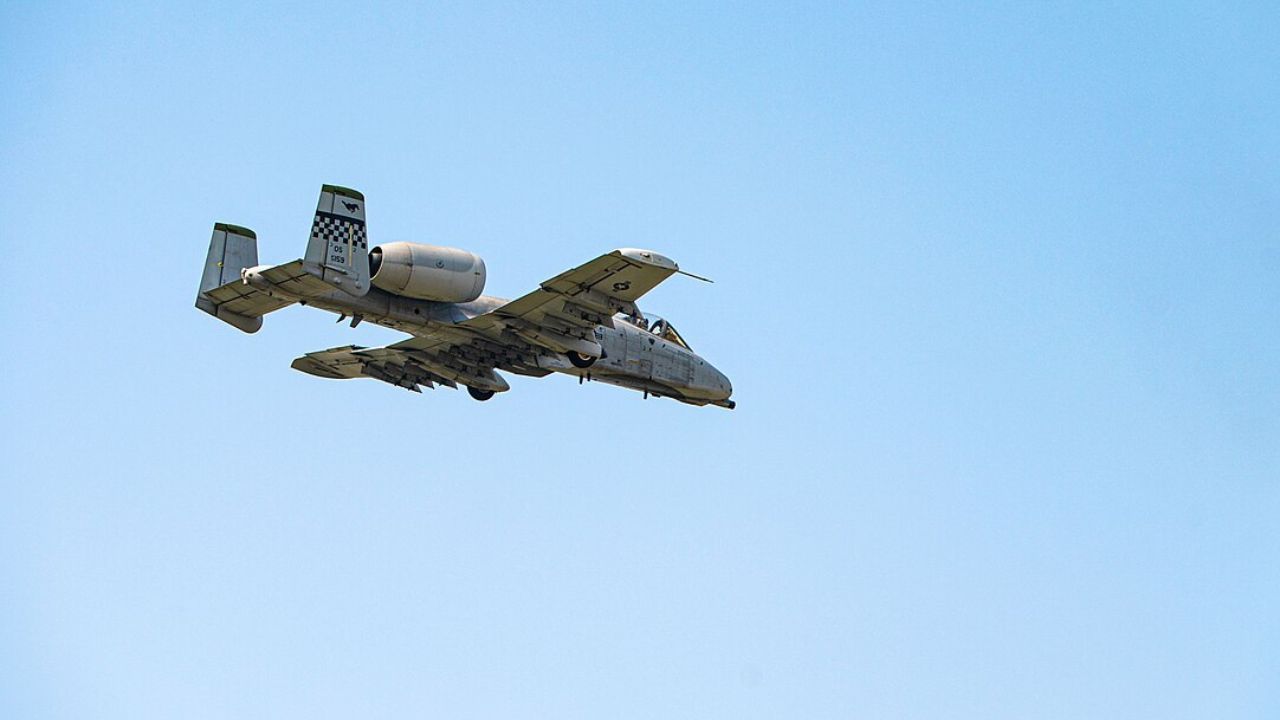
The evolving nature of warfare presents new challenges and opportunities for close air support operations. As technology advances, the role of drones and unmanned systems becomes increasingly relevant. These platforms offer new capabilities, such as extended loiter time and reduced risk to human pilots, which could complement or eventually replace traditional close air support aircraft like the A-10.Strategic debates continue on the necessity of a dedicated close air support aircraft. Some argue that the development of new technologies and multi-role platforms could fulfill the needs previously met by the A-10. Others believe that a specialized aircraft is essential for providing effective and reliable support to ground troops. The discussion about whether the A-10 should remain in service is ongoing, as highlighted in this Infinite Flight forum.

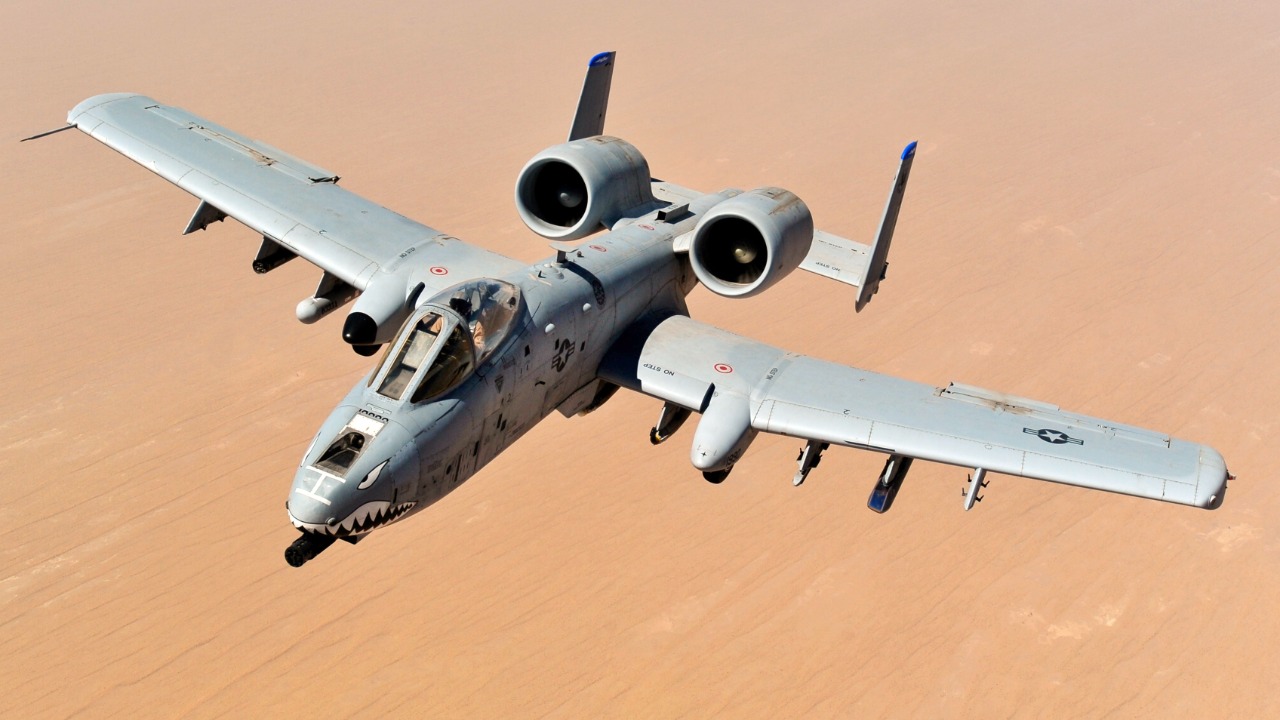
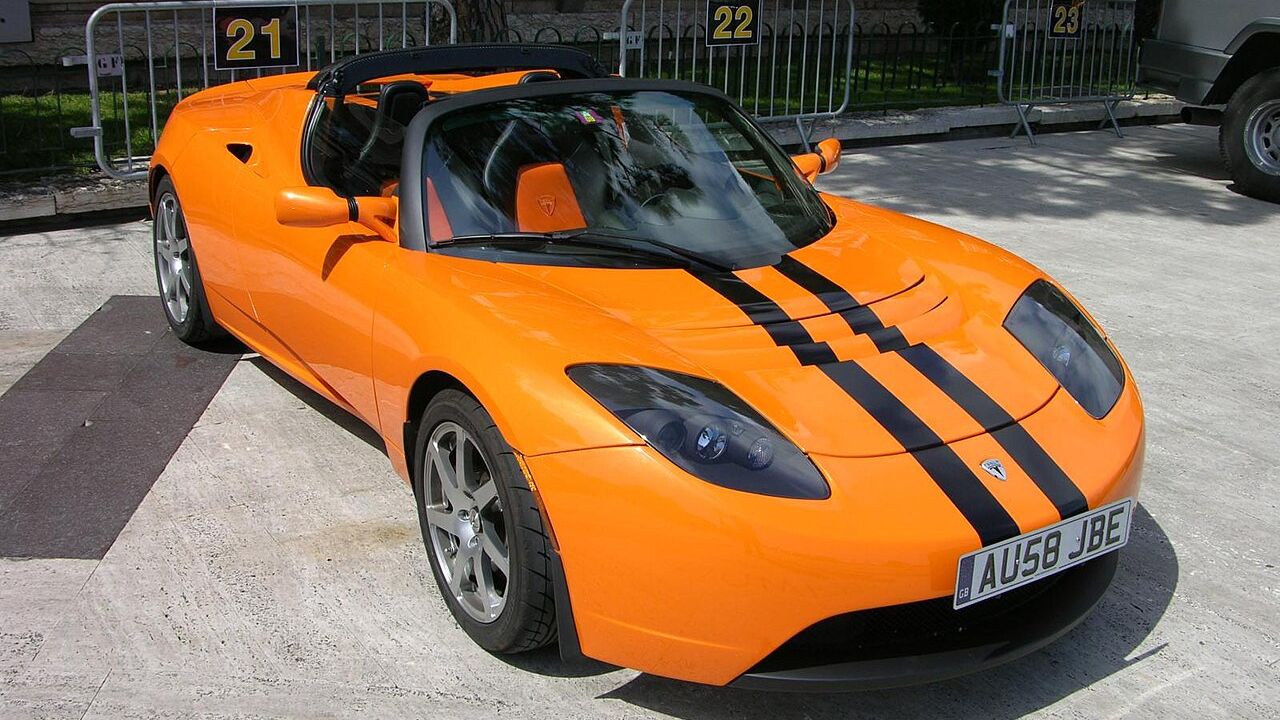
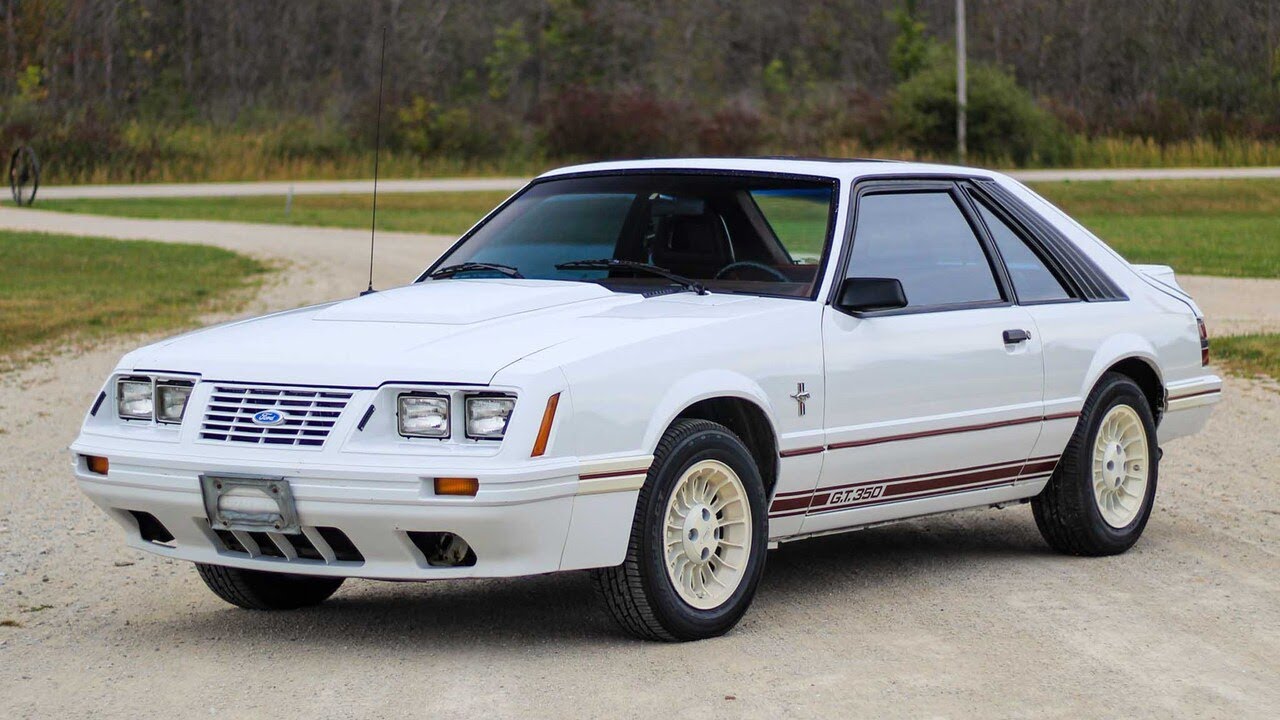

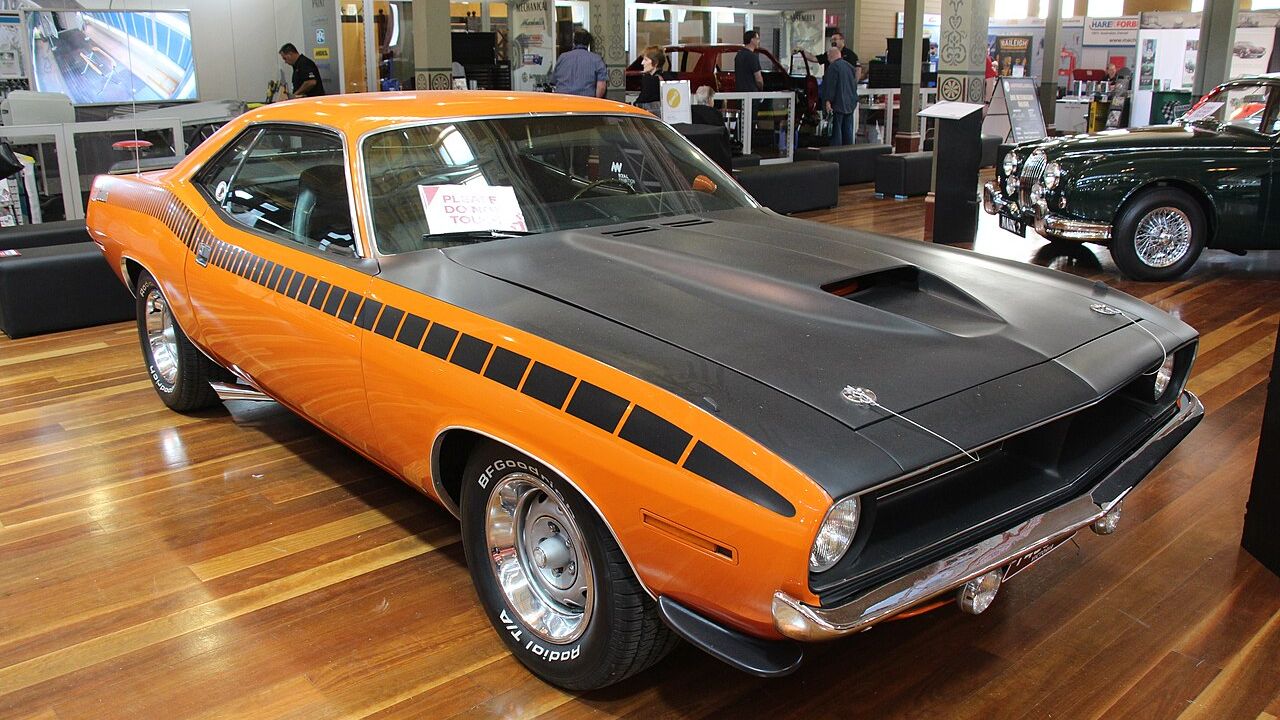
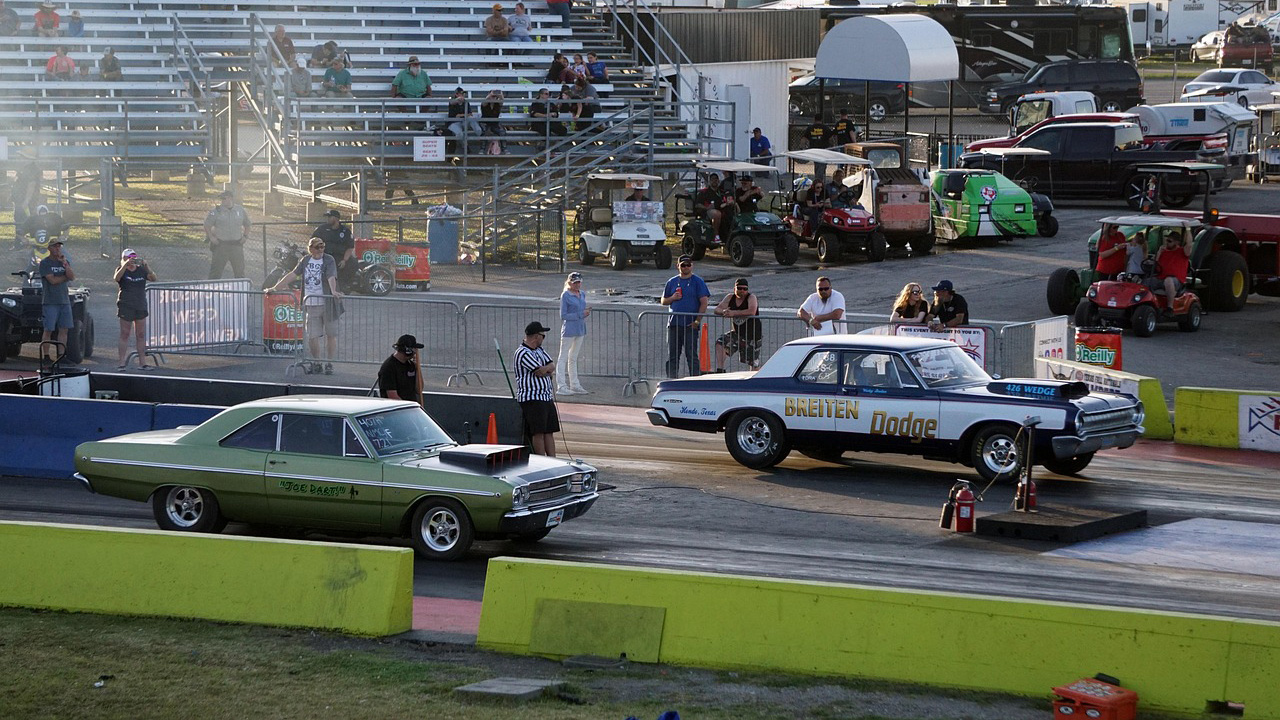
Leave a Reply